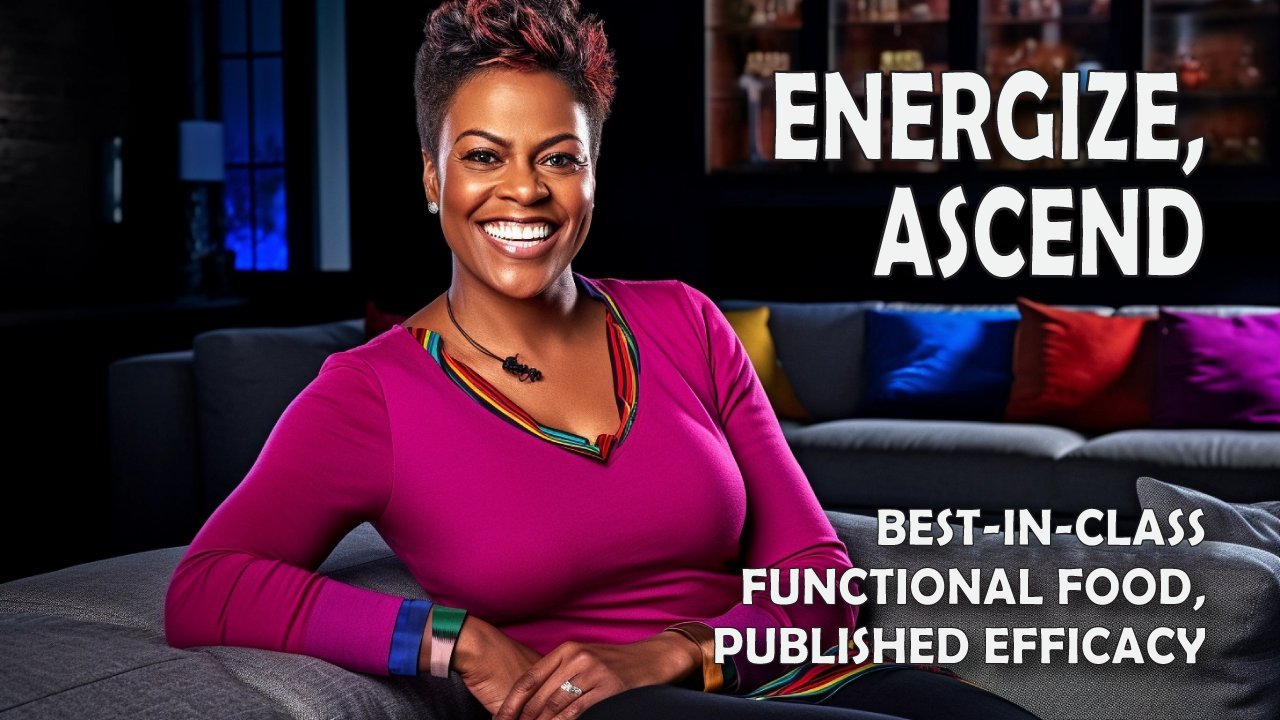Many health disparities disproportionately affect the Black community, and yet less than six percent of US doctors are Black. This deficit not only harms public health but also highlights the need for Black health heroes who are advocating for the Black community in their respective fields. One such hero is Angela Udongwo, a third-year medical student at Temple University. Udongwo's work focuses on examining how braids, twists, and locs (referred to as BTLs) present in medical imaging, to improve healthcare outcomes for Black patients.
A Serendipitous Journey
Angela Udongwo's journey to becoming a Black health hero started as a serendipitous encounter. While working with her research mentor, Dr. Hillel Maresky, an assistant radiology professor at Temple, Udongwo came across the issue of artifacts appearing in radiological scans. These artifacts, which presented as brighter spots or squiggly lines, were often mistaken for disease. Curious to understand the cause, Dr. Maresky suggested that they may be related to traditional Black hairstyles.
Examining Imaging and Physician Interactions
Udongwo's research focuses on analyzing X-rays, magnetic resonance imaging (MRIs), and computed tomography scans (CTs) to understand how BTLs are present in medical imaging. Additionally, she studies how physicians interact with these images, including their comfort level and knowledge about this phenomenon. By delving into this research, Udongwo aims to shed light on the lack of knowledge surrounding this issue and its adverse effects on patients.
The Impact of the Knowledge Gap
Udongwo discovered that the lack of literature on this topic led to misinterpretation of imaging results, unnecessary follow-up imaging, and the need for multiple radiologists to review scans. She was shocked to find that there was only one case study addressing this issue, considering the significant impact it has on patient care. The existing recommendations, such as removing hair before imaging, fail to consider the cultural significance and effort involved in styling and maintaining BTLs.
The Importance of Hair in the Black Community
For Udongwo, this work is crucial because she understands the importance of hair in the Black community. Hair plays a significant role in self-identity and can impact how individuals perceive themselves. Impeding someone's healthcare due to their hairstyle is unacceptable to Udongwo, and she is committed to addressing this disparity.
A Baseline for Future Research
Udongwo's study aims to provide a baseline piece of literature that healthcare professionals can refer to when encountering this issue in the future. By normalizing this work, Udongwo hopes to bring comfort to patients and improve the education of physicians. Ultimately, she envisions a healthcare system where both patients and healthcare providers are better informed, and disparities like this are appropriately addressed.
*** Kindly back our sponsor *** |
 Image Credit: Adeline Green / AuthorsUSA.com
Image Credit: Adeline Green / AuthorsUSA.com |
Did you miss our previous article...
https://naturesmart.us/beauty/depression-after-plastic-surgery-what-you-need-to-know
 HealthWellnessFitnessBeautyVideosPrivacy PolicyTerms And Conditions
HealthWellnessFitnessBeautyVideosPrivacy PolicyTerms And Conditions
